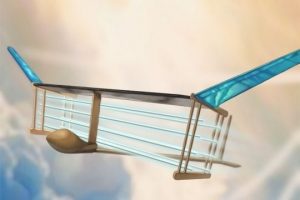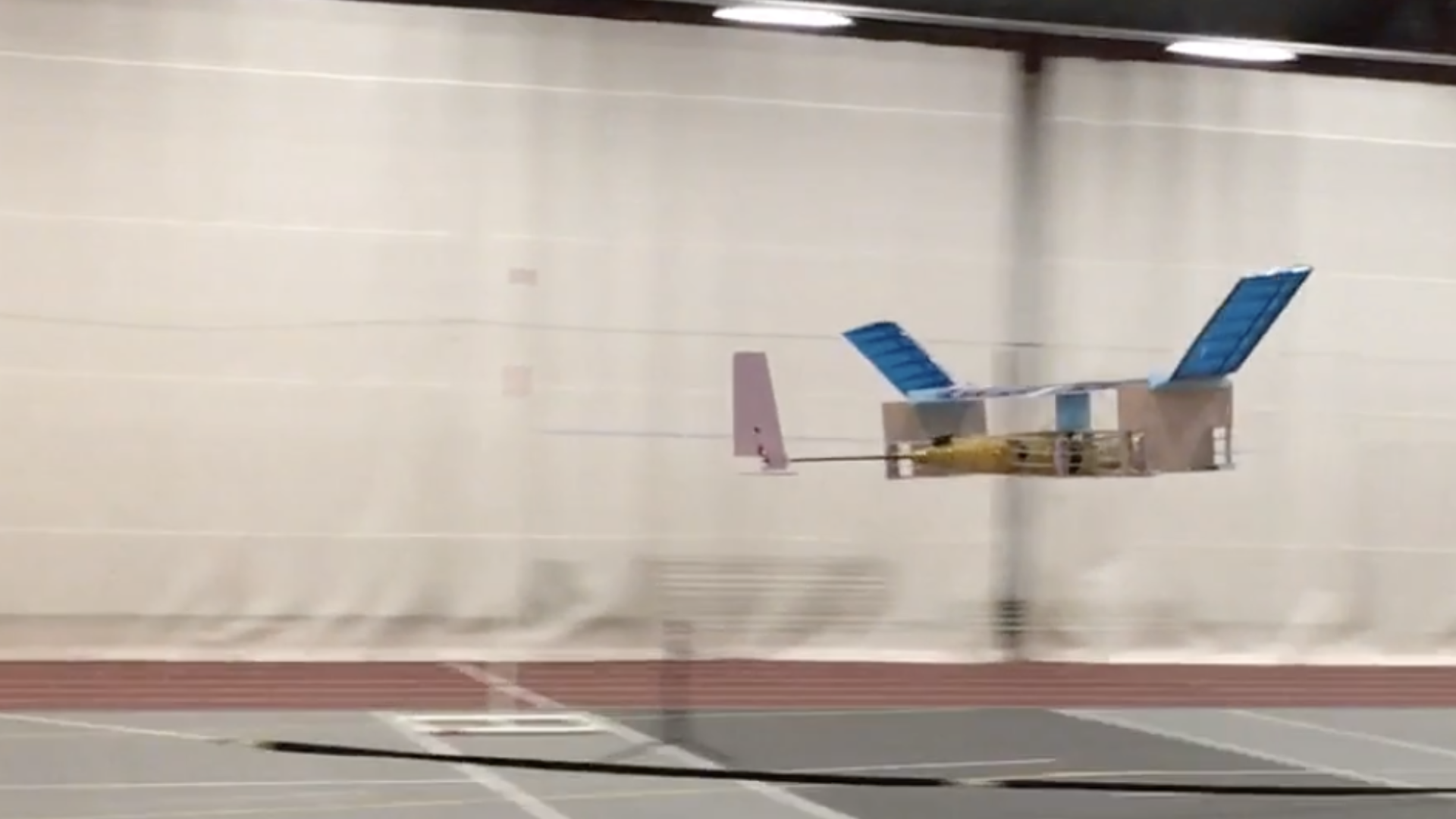MIT engineers recently made a plane that has no moving parts. It neither has turbo engine nor propellers. Isn’t it interesting? This tiny light aircraft is powered by an “Ionic Wind”. What actually is ionic wind? It is a silent but mighty flow of ions that is produced abroad the plane and that generates enough thrust to propel the plane over a sustained steady flight.

Source: MIT Electric Aircraft Initiative
Unlike engine-powered planes which produce noise pollution, consumes huge amount of fuel, this aircraft is powered by mighty ionic wind which doesn’t produce any noise nor consumes fuel. This design is solely environment friendly and could revolutionize modern aviation in near future.
Now, let us talk about its working principle. We might think is it possible to fly a plane without moving parts? It is insane idea. But looking to this plane this query seems to be normal. This plane is just a combination of electrostatics and aerodynamics commonly known as electro-aerodynamics. This plane is propelled via ionic wind. Batteries in the fuselage supply voltage to electrode strung along the length of the plane, generating a wind of ions that propels the plane forward. This is the first-ever sustained flight with no moving parts in the propulsion system. Looking to its prototype, this could remind us about Wright brother’s era. The principle that Wright brothers used about 100 years ago and this solid state airplane is completely different. This plane is idea of EAD thrust- a physical principle that describes a wind, or thrust, that can be produced when a current is passed between a thin and a thick electrode. If enough voltage is applied, the air in between the electrodes can produce enough thrust to propel a small aircraft.
The fuselage of the plane holds a stack of lithium-polymer batteries which provides power that would convert the batteries’ output to a sufficiently high voltage to propel the plane. In this way, the batteries supply electricity at 40,000 volts to positively charge the wires via a light weight power converter. Talking about the future scope of this plane, this could transform the modern aviation from persistent unpleasant buzz to silent and environment friendly flight in the sky.
– Tilak Bhusal




